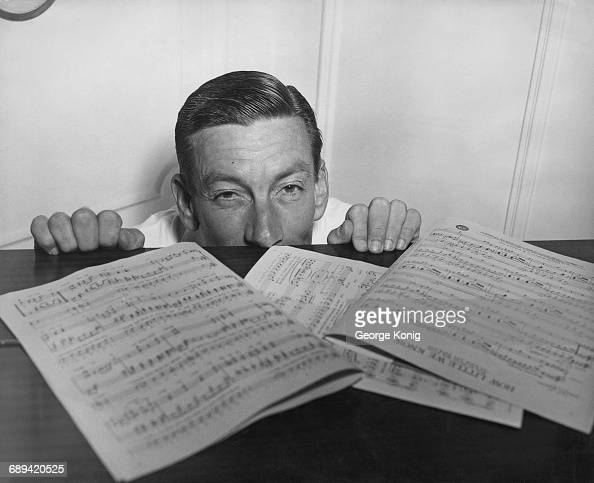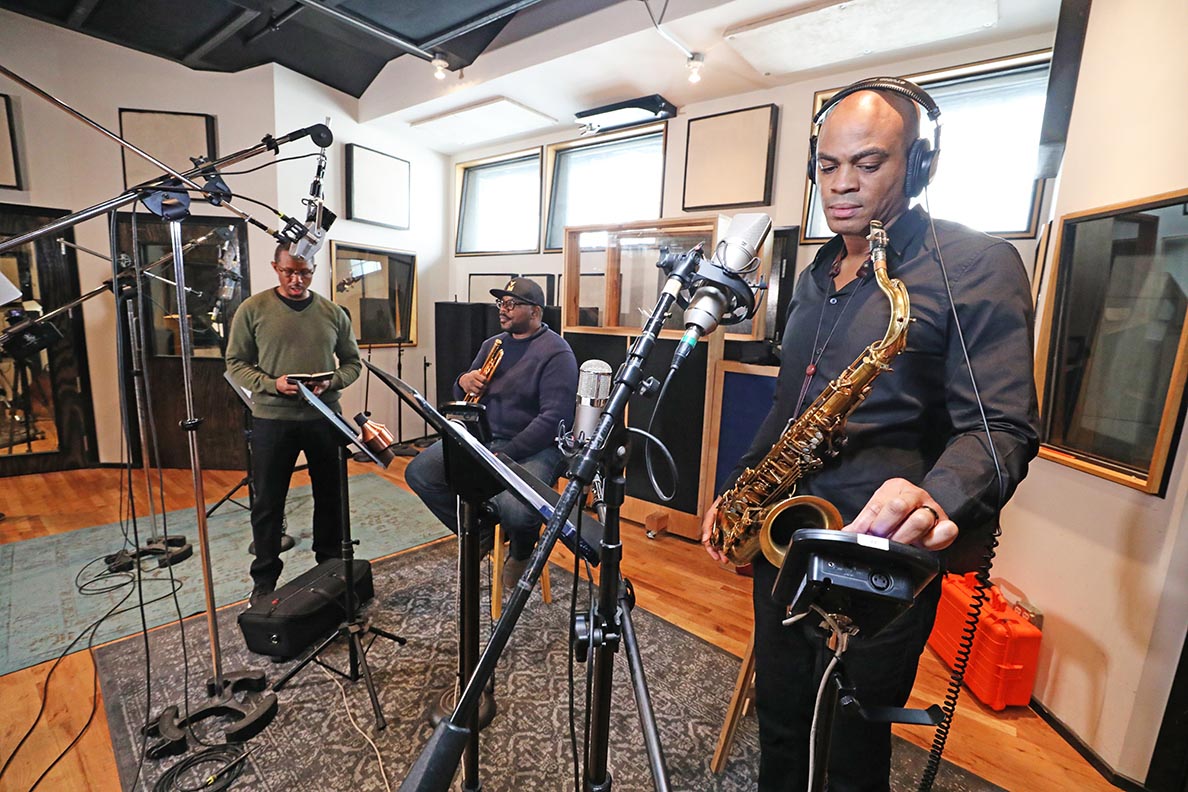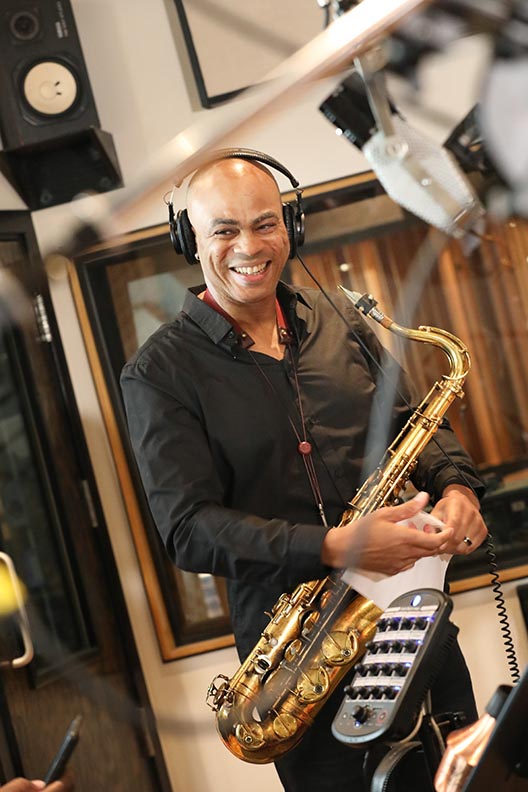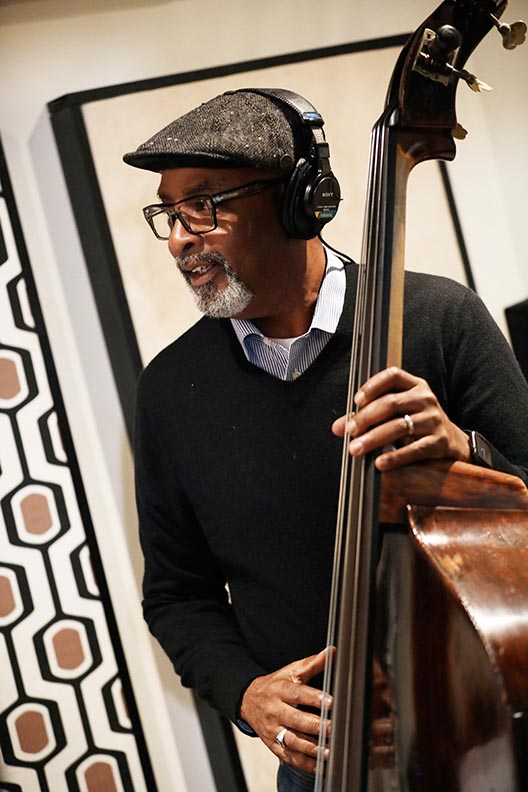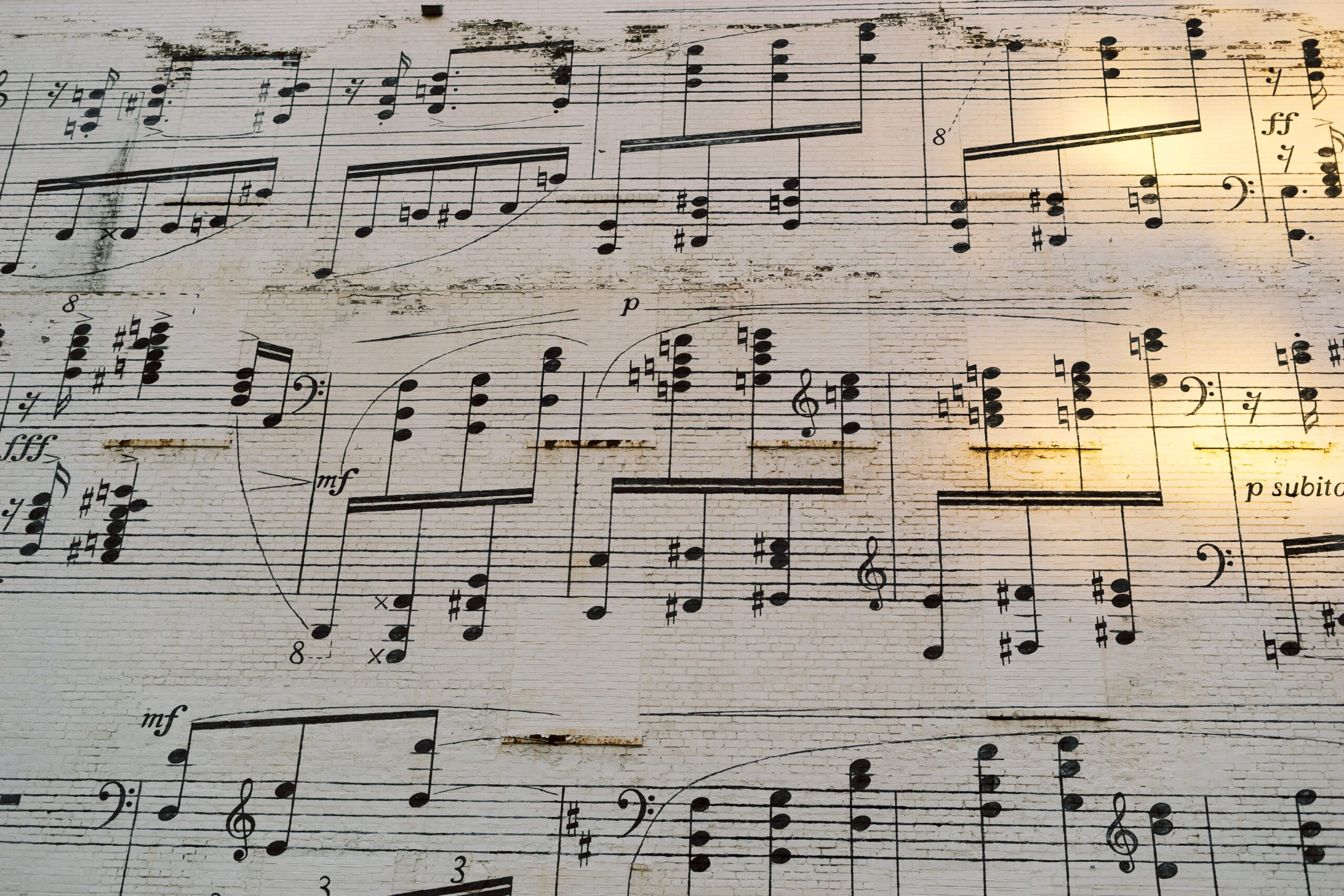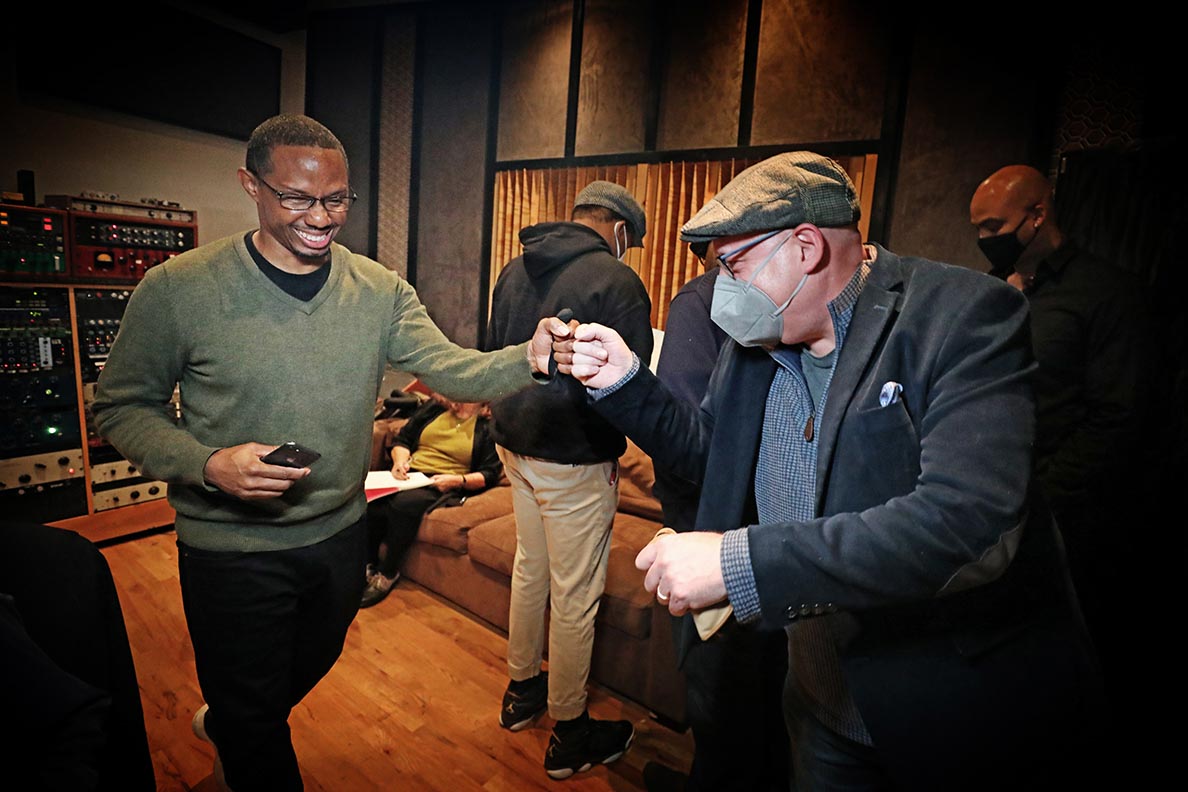Songs for a Sagittarius’s Birthday Party!
Songs for a Sagittarius’s Birthday Party!
Whether you’re a big fan of zodiac signs or not, chances are that you have a friend or loved one who was born sometime between November 22 and December 21, which makes them a Sagittarius!
Known for their optimism, honesty, spontaneity, and fun-loving outlooks on life, it comes as no surprise that many pop stars are Sagittarius—just to name a few, Britney Spears, Taylor Swift, Billie Eilish and Nicki Minaj.
But what about jazz? Well, the same applies! As we explored in our most recent Q&A series, with jazz journalist Joe Lang, Hoagy Carmichael is a Sagittarius. And so are Billy Strayhorn, Louis Prima, Frank Sinatra and many more.
In honor of the upcoming Sagittarius season, we put together a list of songs to play at the birthday party of your favorite Sagittarius!
Duke Ellington & Billy Strayhorn – Take the ‘A’ Train
Born on November 29, 1915, in Dayton, Ohio, Billy Strayhorn grew up to become one of the most famous jazz composers in American history. After moving to Pittsburgh as a child and studying classical music, Strayhorn met Duke Ellington at one of the band leader’s performances.
Strayhorn had the courage to show Ellington how he would have arranged one of his pieces differently! Luckily, the bold move paid off and Ellington was impressed enough to invite Strayhorn to play with his band, which led to many collaborations, such as this 1939 standard about the then-new A subway service running through New York City.
Louis Prima – Buona Sera
Known as “The King of Swing,” this American singer, songwriter, bandleader, and trumpeter is one powerhouse of a Sagittarius.
Born on December 7, 1910, to an Italian American family in New Orleans, Louis Prima not only helped to popularize jump blues in the late 1940s, but he also embraced his Italian heritage by blending elements of his Sicilian identity, such as the tarantella, with his jazz. This helped pave the way for other ethnic musicians, who, unfortunately, at that time, were discouraged from expressing their roots.
And did you know that Prima was also the voice actor for the orangutan King Louie in the 1967 Disney movie The Jungle Book? Talk about a fun-loving Sagittarius!
Frank Sinatra – Let’s Fall in Love
Even if you don’t know anything about jazz, you’ve definitely heard of Frank Sinatra, who is one of the world’s best-selling music artists of all time.
Also nicknamed “Chairman of the Board” and “Ole ‘Blue Eyes,” this singer and actor was born on December 12, 1915, in Hoboken, New Jersey to Italian immigrants. As a child, he became interested in big band jazz, and was deeply inspired by the easy-listening vocal style of Bing Crosby.
He got his first break in 1935 when he joined a local singing group and eventually rose to stardom, with an estimated 150 million record sales!
The WJ3 All-Stars – Broadway
This new tune—featuring many of the hottest contemporary jazz stars, like Willie Jones III, Wayne Escoffery and Steve Davis—really captures the spunky and spontaneous spirit of a Sagittarius! Just like the stars of Broadway, a Sagittarius is meant to shine bright.
For more spunky jazz tunes to play at a Sagittarius’s birthday party, check out our newest album, My Ship, which is available in our store and on all major music platforms.
This post was written by Night is Alive Blog Editor and Digital Marketing Manager Jacqueline Knirnschild.


